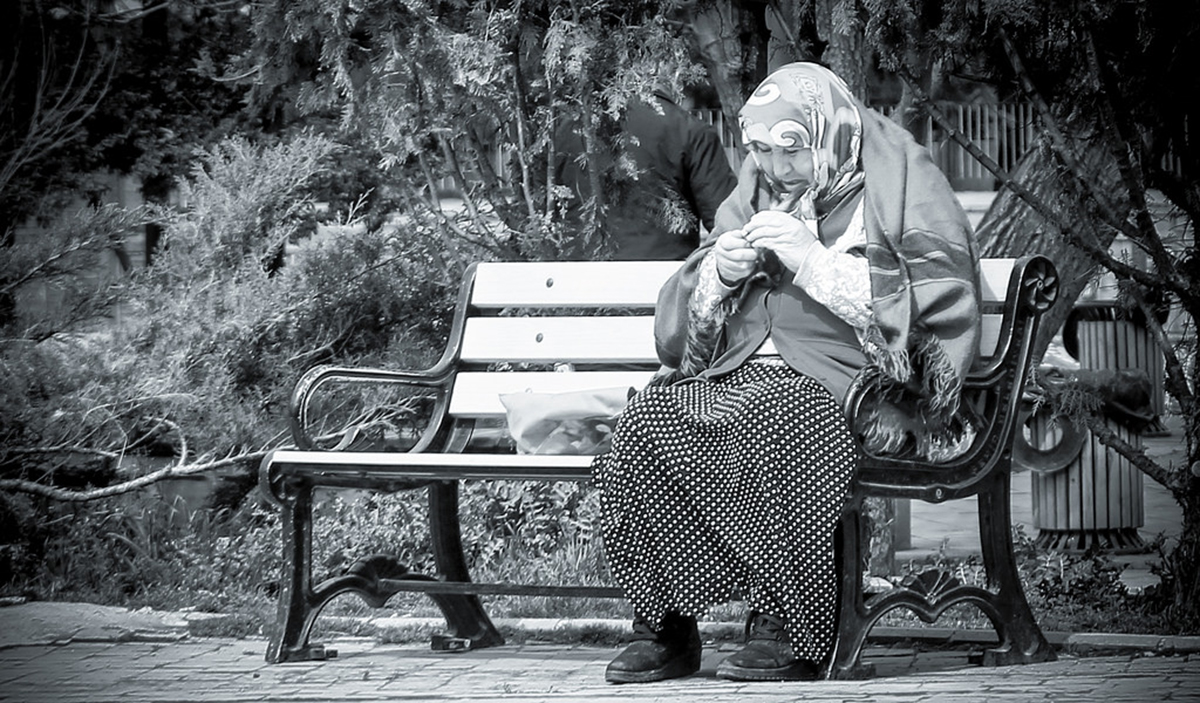Table of Contents
Laboratory experiments show that simply being exposed to a flickering light reorganizes the brain so it produces fewer of the tangled proteins associated with Alzheimer’s disease.
Flickering light therapy for Alzheimer's treatment will be tested in the near future, but what kinds of similarly inexpensive, non-invasive, side effects-free methods of treating Alzheimer's are available right now? Here are some possibilities worthy of consideration:
- Sticky brain proteins like beta-amyloid may be part of the brain's defenses against infection. Nearly 50 studies show evidence that the acne antibiotic minocycline protects the brain against similar changes after traumatic brain injury. There are doctors who give minocycline to their Alzheimer's patients, although there are people who should not receive it.
- The anti-cholesterol drug simvastatin (Zocor) stimulates a gene called klotho in the hippocampus, the part of the brain that makes and retrieves short-term memories. There are also doctors who give their Alzheimer's patients Zocor to slow down loss of memory, although there are also people who should not be given this drug.
- The tangled proteins that damage the brain in Alzheimer's may be triggered by infections with Chlamydia or herpes. Treating these chronic infections may also preserve the brain.

And there are specific applications of other kinds of light therapy that show promise in Alzheimer's disease:
- Bright light therapy and blue light therapy administered in the morning can help Alzheimer's patients deal with sleep disturbances, and treating the sleep disturbance may slow down the progress of the disease. A "light box" like that used for seasonal affective disorder (SAD) during the winter can be used year-round for treating Alzheimer's. It is also important to limit the use of caffeine, especially at night, and to avoid afternoon naps so the Alzheimer's patient can establish a more nearly normal nighttime sleeping schedule. Melatonin taken just before bedtime not only assists in falling asleep, it also helps reduce the formation of tangled protein plaques in the brain.
- "Red" and near-infrared light seem to stimulate the parts of the brain responsible for spatial learning and cognition in mice that have the equivalent of a form of Alzheimer's. It is not necessary to shine the light on the head. Shining near-infrared light on other parts of the body also worked. A small fraction of the power of the light can enter the brain even through scalp and skull; no cutting is necessary or helpful. More light enters the brain when the light source (which does not need to be especially bright) is closer to the head. It could be worth the relatively small investment in a red-light lamp like those usually used for acne to try on a patient who has early symptoms of Alzheimer's. A "brain cap" is a better option, but you almost certainly will have to contact a naturopathic doctor to obtain one.
- Laser acupuncture, stimulating acupuncture sites with low-power laser light rather than with needles, is sometimes used in treating Alzheimer's. You need to see an acupuncturist or a doctor who has been trained in acupuncture. This is not a do-it-yourself procedure, and it does not work well for people with Alzheimer's who are agitated.
- Hamblin MR. Shining light on the head: Photobiomodulation for brain disorders. BBA Clin. 2016 Oct 1. 6:113-124. Review. PMID: 27752476.
- Iaccarino HF, Singer AC, Martorell AJ, Rudenko A, Gao F, Gillingham TZ, Mathys H, Seo J, Kritskiy O, Abdurrob F, Adaikkan C, Canter RG, Rueda R, Brown EN, Boyden ES, Tsai LH. Gamma frequency entrainment attenuates amyloid load and modifies microglia. Nature. 2016 Dec 7. 540(7632):230-235. doi: 10.1038/nature20587. PMID: 27929004.
- Photo courtesy of healthblog: www.flickr.com/photos/healthblog/8384110298/
- Photo courtesy of healthblog: www.flickr.com/photos/healthblog/8384110298/
- Photo courtesy of Omer Unlu: www.flickr.com/photos/55293400@N07/16701843727/

